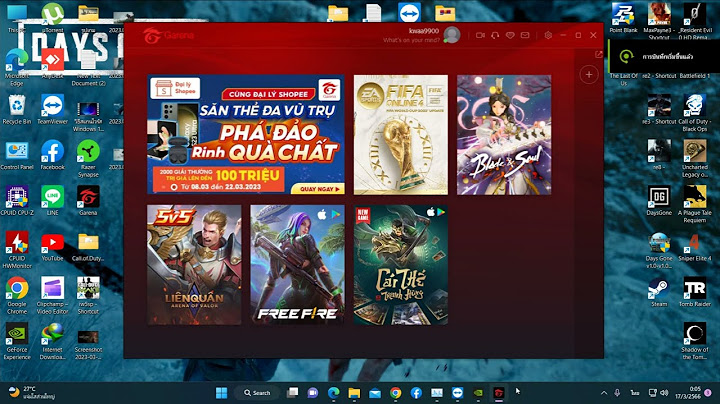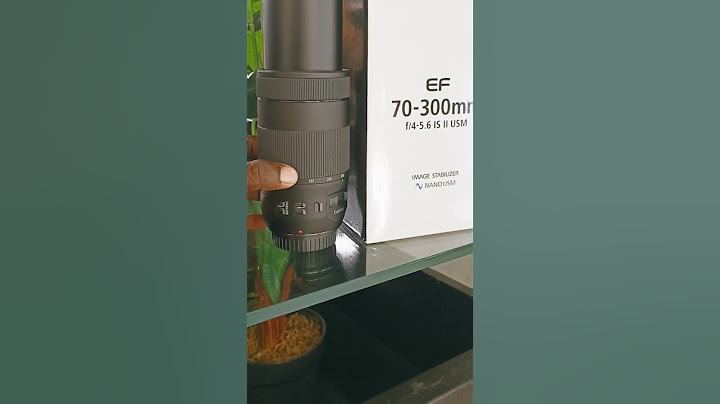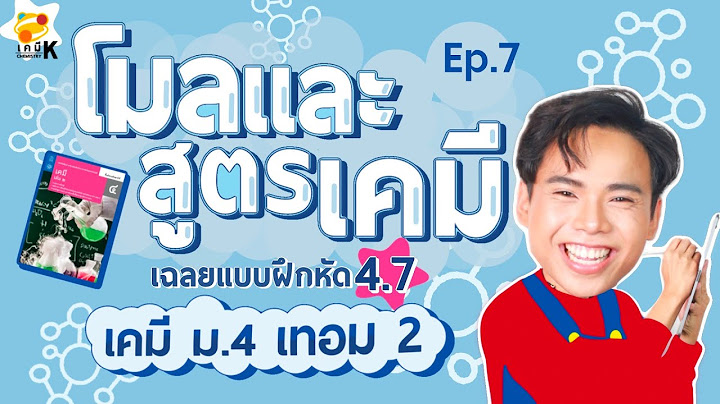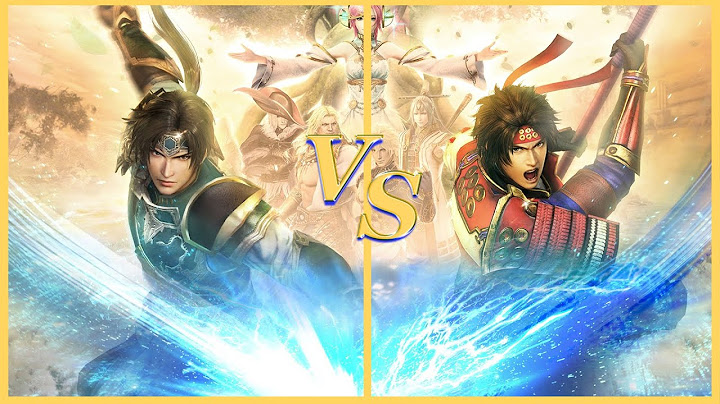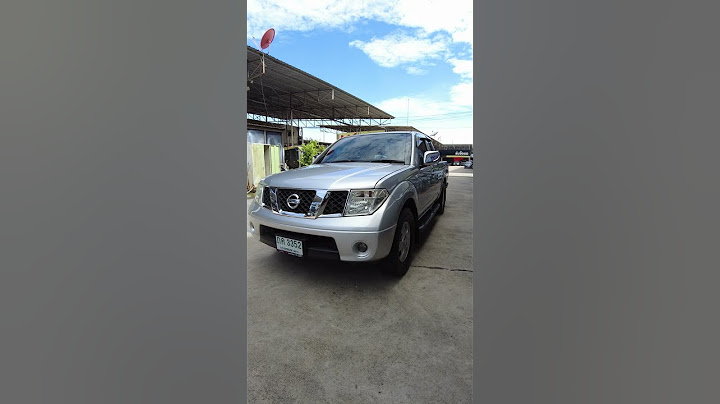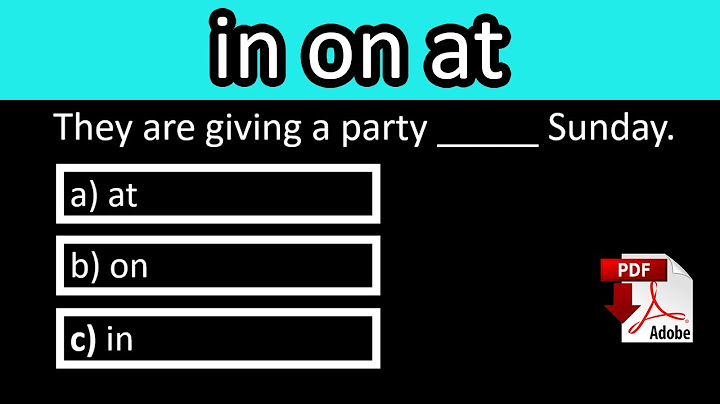Captivating Discovery Education� video and stimulating global topics spark curiosity and engage teenage learners. Developed in partnership with Discovery Education�, Eyes Open features captivating Discovery Education� video and stimulating global topics to motivate students and spark their curiosity. Four videos in every unit make learning relevant and create opportunities for deeper understanding. Guided, step-by-step activities and personalised learning tasks lead to greater speaking and writing fluency. Progress monitoring tools and flexible teaching support, including graded tests and extra practice activities, ensure every learner can achieve success. The Teacher's Book offers full support including lesson plans, audio scripts, answer keys, extra games and activities, tips for mixed ability classes and CEFR mapping by unit. ��������� ���� ������� �� vk.com/learnenglish?w=page-36775085_47022282 Unit 1 Background Cosplay is a portmanteau word formed from a blend of the words costume and play. It refers to the art of practice of dressing up as characters from films, books, TV shows or video games, and in particular to characters science fiction as well as from the Japanese comic-book genres of animé and manga. It has become a significant pop-cultural phenomenon over the last 20 years. Be curious • Books closed. Write fashion on the board. Elicit the meaning of the noun, which refers to styles of clothing, hair, decoration, language, music, film and behaviour that are popular at a given moment in time. • Ask students to open their books at page 8. • Ask them to describe the photo and then ask them to close their books and say what they remember about it. • Give students a couple of minutes to answer the three questions. • Students can then compare answers in pairs before you check answers with the class. • Tell students that the themes of Unit 1 are trends, fashion and clothes. Suggested answers • In the photo, there is a girl with pink hair. She’s wearing strange clothes: a kind of red and white uniform. She looks like a character from a Japanese comic book. • She’s outside on the street. Maybe she is playing the part of a character in a film or comic. • In my free time, I like to play computer games with my friends. There are some good games that we can play together online. I also often go to the cinema with them. • My parents prefer to watch films at home. And my sisters are younger than me, so they can’t go out on their own. Unit aims I can … • talk about the kind of clothes I like to wear. • understand short online texts about fashions and an article about style icons. • talk about past habits and experiences. • understand a radio interview with an actor. • buy clothes in a shop. • write a short biography of a famous person. Unit contents Vocabulary Clothes Words in context Adjectives and dependent prepositions Compound nouns Reading Short online texts Milan fashion week A magazine article Language focus used to and would Past perfect Listening An interview Discover culture Inside the guitar Speaking Buying clothes Real Talk: What music and fashion were your parents into when they were growing up? Pronunciation Sentence stress in past perfect Writing A biography Sequencers and connectors CLIL Social Science: The history of jeans Trendsetters CEFR SKILL AREAGOALEXERCISE ListeningOVERALL LISTENING COMPREHENSION3 p9 1–2 p16UNDERSTANDING INTERACTION 1–4 p12 3–5 p16LISTENING TO MEDIA AND RECORDINGS1–8 p14ReadingREADING FOR INFORMATION & ARGUMENT1–5 p10 1–3 p15 1–5 p17SpeakingCONVERSATION7 p16INFORMAL DISCUSSION (WITH FRIENDS)4 p12INFORMATION EXCHANGE5 p9 5 p10 5 p11 6 p13 8 p14 6 p15SUSTAINED MONOLOGUE: Describing Experience3 p13WritingCOHERENCE3–5 p17REPORTS AND ESSAYS6–8 p17Communicative language competence VOCABULARY RANGE1–5 p9 4 p10 5–7 p12 4–5 p15GRAMMATICAL ACCURACY1–6 p11 1–6 p13PHONOLOGICAL CONTROL1 p9 4 p13 6 p16Communication strategiesIDENTIFYING CUES AND INFERRING4 p10 42 1 Trends Unit 1 Vocabulary Clothes Answers Speaker 1 girl with dress Speaker 2 girl with green coat Speaker 3 girl with yellow trousers Game • Play Pictionary using the clothes vocabulary. • See Games Bank on pages 28–29. Your turn 4 • Ask students to write down phrases to describe the clothes they like wearing. In some cases, this will mean that they change the phrases in the box in Exercise 1, e.g. they might like wearing woollen rather than silk scarves. 5 • Ask a student to read out the questions and then refer students to the example answers in the speech bubbles. • Put students into pairs to ask and answer the questions. • To extend the work on the vocabulary, you could ask students to turn to the Vocabulary bank on page 107 and do the exercises for Clothes . Optional activity • Ask students to write a short description of one of their favourite items of clothing. Students should include the following information: when and where they bought it (or who gave it to them), how frequently they wear the item and why it means so much to them. • Put students into pairs to talk about the items of clothing they wrote descriptions of. • Ask some students to report back to the class on their partner. Set Exercises 1, 2, 3, 4 and 5 on page 7 of the Workbook for homework.Students could also complete the following exercises on patterns and materials: http:// learnenglishteens.britishcouncil.org/grammar-vocabulary/vocabulary-exercises/patterns-and-materials Objectives • learn vocabulary for different types of clothing. • describe the clothes I like wearing. Warm-up • Books closed. Write clothes /kləʊ ( ð ) z/ , pattern /ˈpat ( ə ) n/ and material /məˈtɪərɪəl/ on the board. Drill the pronunciation of the three words. • Draw three T-shirts on the board: one with vertical stripes, one with horizontal stripes and one with dots. Explain that each T-shirt has a different pattern . • Explain material by referring to the material that one item of clothing you are wearing is made from. For example, you may be wearing trousers made from cotton. 1 1.07 Ask students to open their books at page 9. • Put students into pairs to match the words with the clothes in the pictures. • If you have the Presentation Plus software, put the pictures on the board and ask students to come up to the board in turn to match the words with the photos. • Play the recording for students to listen, check their answers and repeat the phrases. Answers a silk scarf b flowery dress c baggy jumper d flat shoes e fitted coat f cool T-shirt g tight jeans h stripy shirt i leather jacket j denim skirt 2 • Refer students to the phrases in the box in Exercise 1. Focus on the words for materials: leather , silk and denim . • Ask students to use their smartphones to find out both the meaning of these words and the translations into their own language. Students could also look up at the meaning as well as a translation of the word fitted . • Ask students to work alone to find words in Exercise 1 to describe what it listed in a–d. • Check answers. Answers a leather; silk, denim b stripy; flowery c flat; tight; baggy; fitted d cool 3 1.08 Tell students they are going to listen to three people talking about the clothes they are wearing. • Play the recording for students to identify the people on the recording in the pictures in Exercise 1. • Students can compare answers before you check answers with the whole class. Audioscript 1 My dad bought this dress for me. I really love the colours and it’s the perfect length for me – just above the knee. I also really like the way the top part is fitted, but not really tight. 2 I love making things. I painted this T-shirt. Do you like the design? I love wearing it with jeans. My sister sells them on her stall at the market. I paint designs on denim skirts too, and leather jackets. 3 I feel really comfortable in casual clothes. This is my favourite jumper. I got it for my birthday. I wear it all the time! It’s so warm and comfortable. My mum always complains. She says it’s too baggy and asks me why can’t I wear a shirt or a nice jacket. She doesn’t understand! 43 U N I T 1 Unit 1 Reading Short online texts Explore words in context 4 • Refer students to the words in the box. Drill the pronunciation of the following words: quiff /kwɪf/ , dyed /dʌɪd/ and extravagant /ɪkˈstravəɡ ( ə ) nt/ . • Put students into pairs to first find the words in the text and then look for examples of the words in the photos. Students can use their smartphones to look up the meanings of the words online. • Check answers. • You could extend the work on this vocabulary by asking students to say whether they know anyone who uses extravagant make-up or who dresses extravagantly, who has a quiff or dyed hair, etc. Suggested answers Picture 1: loose clothes Picture 2: extravagant makeup Picture 3: dyed hair Picture 4: quiff Your turn 5 • Ask a student to read out the questions. • Put students into pairs to ask and answer the questions. Encourage stronger students to develop conversations beyond the questions on the page by asking one another questions that arise in the course of their discussion. • Ask some students to report back to the class on what their partner had to say.You can show this video as either a lead-in or a follow-up to the Language Focus 1 lesson. 1.1 Milan fashion week • Ask: Can you name any top models? • Elicit student’s answers and then put students into pairs to ask and answer the questions. • Play the video. • Students watch it and say what they learnt about Milan and the designer featured. • Then ask students if they would like to go to Milan fashion week. • See page 122 for further activities you can do with this video. Suggested answers • Milan is in the north of Italy. It’s the fashion capital of the world, as an important fashion show takes place there every year. • Missoni (in the video), Giorgio Armani, Emilio Pucci, Gianni Versace Objectives • read an article about teenage fashion from the past. • learn words in context. • talk about fashions in my country. Background Teddy boys based their style on the fashion of the Edwardian era, the name given to the period between 1901 and 1910 when King Edward VII was on the British throne. Teddy is an affectionate form of Edward .The Punk movement is associated with a loud, aggressive form of rock known as punk rock , which developed in the 1970s in New York and later spread to the UK.The noun Hippy (also spelt hippie) was coined from the adjective hip , meaning fashionable or aware of the latest style and developments . Hippies are associated with the counter-culture, a movement of the late 1960s which rejected conventional values, and which chose, instead, to champion freedom, love and individuality. New Romantic describes both a type of synthesised 1980s pop music and a particular look involving make-up and flamboyant style. The wearing of frilly shirts by men was reminiscent of the Romantic era of the 19 th -century, which had a huge influence on European culture. Warm-up • Books closed. Ask students if they know of any words (in English or their L1) to describe people who follow a particular fashion in clothes, music, language, behaviour, etc. Students may think of words such as emo , hipster or geek. • Find out if any students identify with a particular fashion. 1 • Ask students to open their books at page 10. • Give students a minute or so to study the photos, decide the order the fashions shown in them come in, and to read the introduction to the quiz and answer the questions. 2 1.09 Ask students to read the text to check their answers to Exercise 1. • Refer students to the information in the FACT! box. Check students’ understanding of the noun peer /pɪə/ , which refers to a person who has the same age, social position or ability as other people in a group . • Ask students if they get most of their ideas for clothes and fashion from their friends or from things such as magazines and TV. Answers 4 – 1 – 3 – 2 1 Hippies 2 New Romantics 3 Punks 4 Teds (teddy boys and girls) 3 • Refer students to the gapped sentences. • Read out the example. • Put students into pairs and ask them to complete the sentences with the names of the people who followed the four distinct styles. • Check answers. Answers 2 Teds 3 Hippies; New Romantics 4 Hippies, New Romantics 5 Teds; Punks 6 Teds; Punks 7 New Romantics 8 Hippies 44 |

กระทู้ที่เกี่ยวข้อง
การโฆษณา
ข่าวล่าสุด
ผู้มีส่วนร่วม
การโฆษณา
ผู้มีอำนาจ
การโฆษณา
ถูกกฎหมาย
ช่วย

ลิขสิทธิ์ © 2024 th.apacode Inc.









